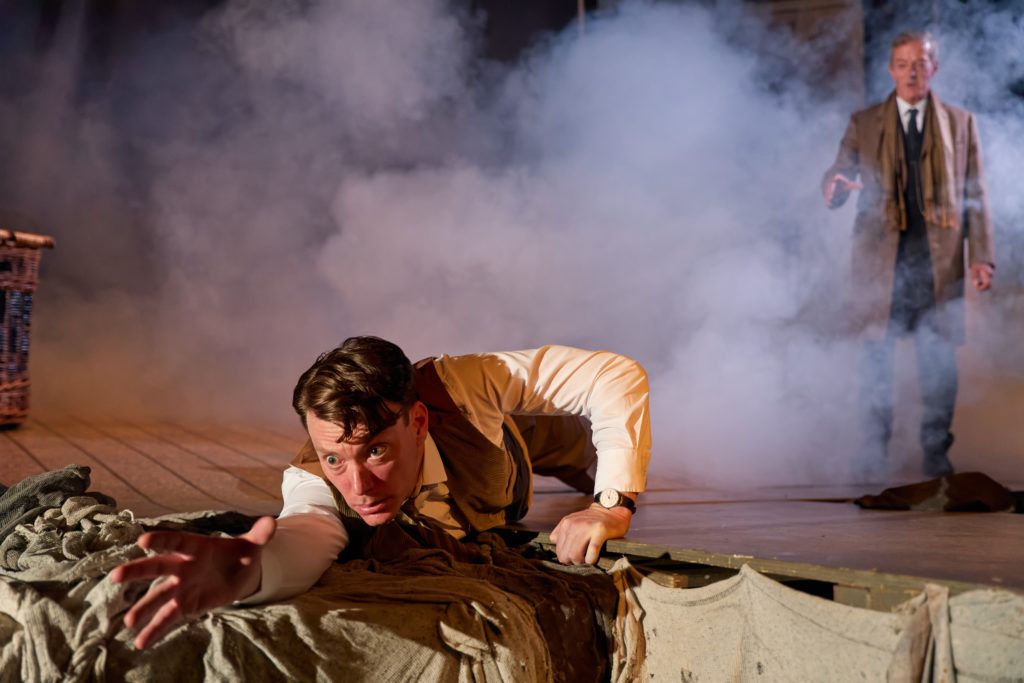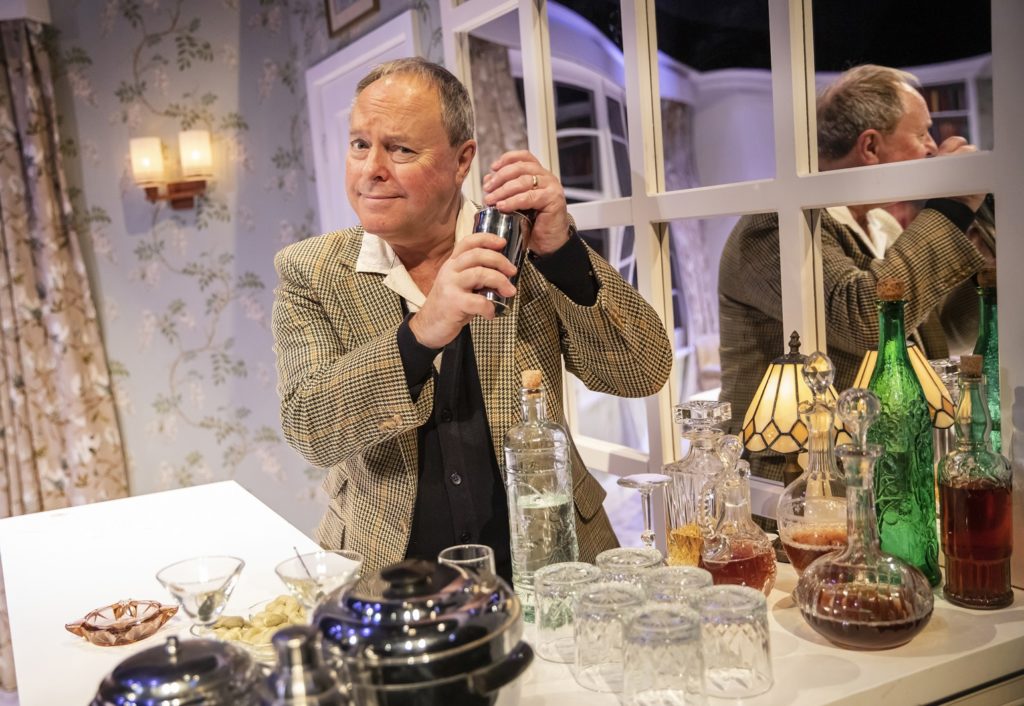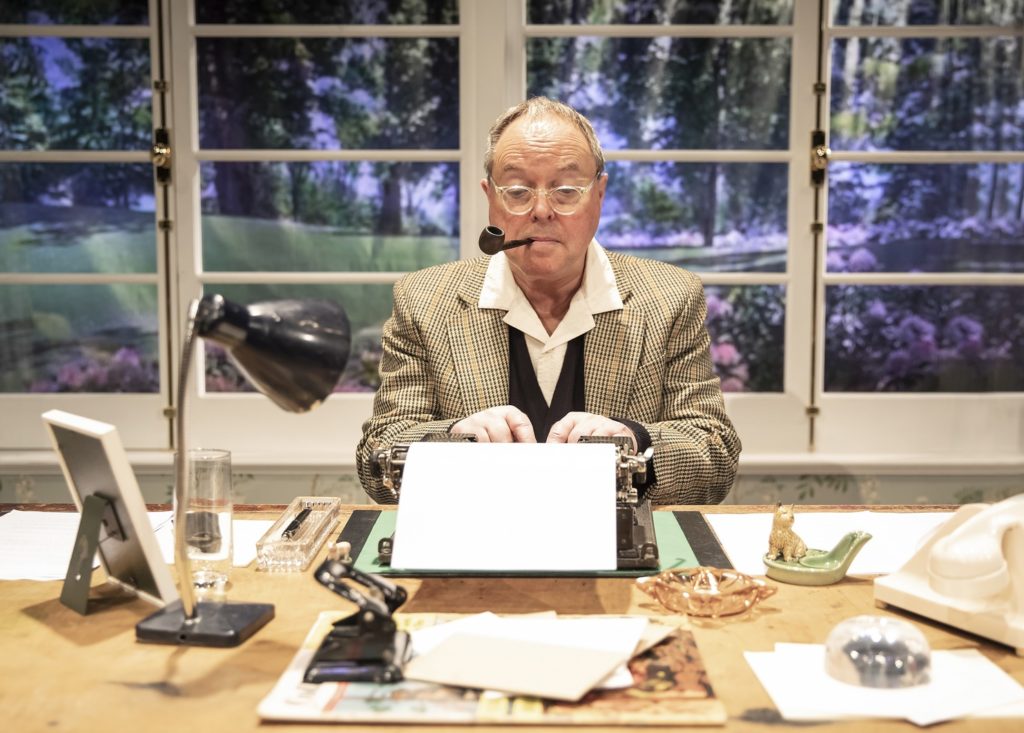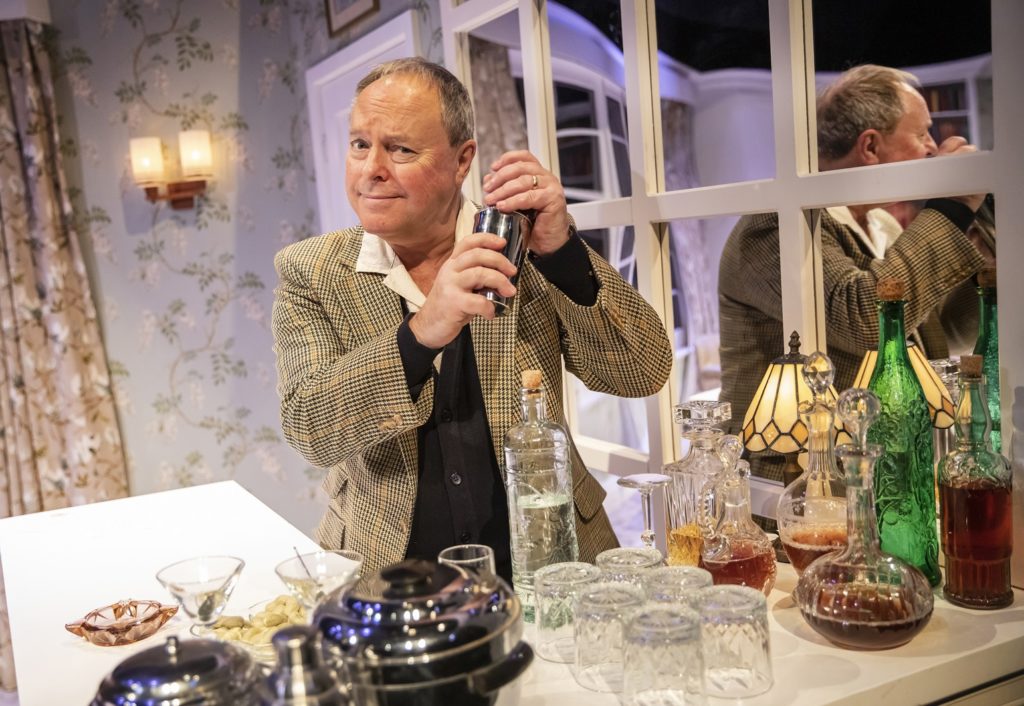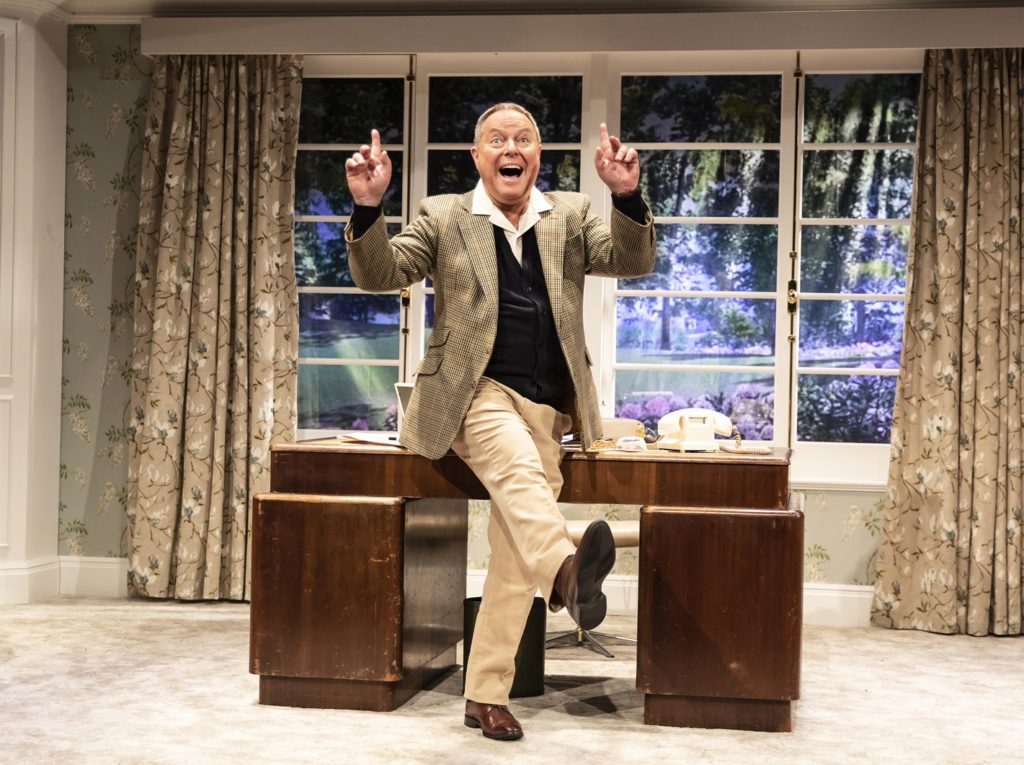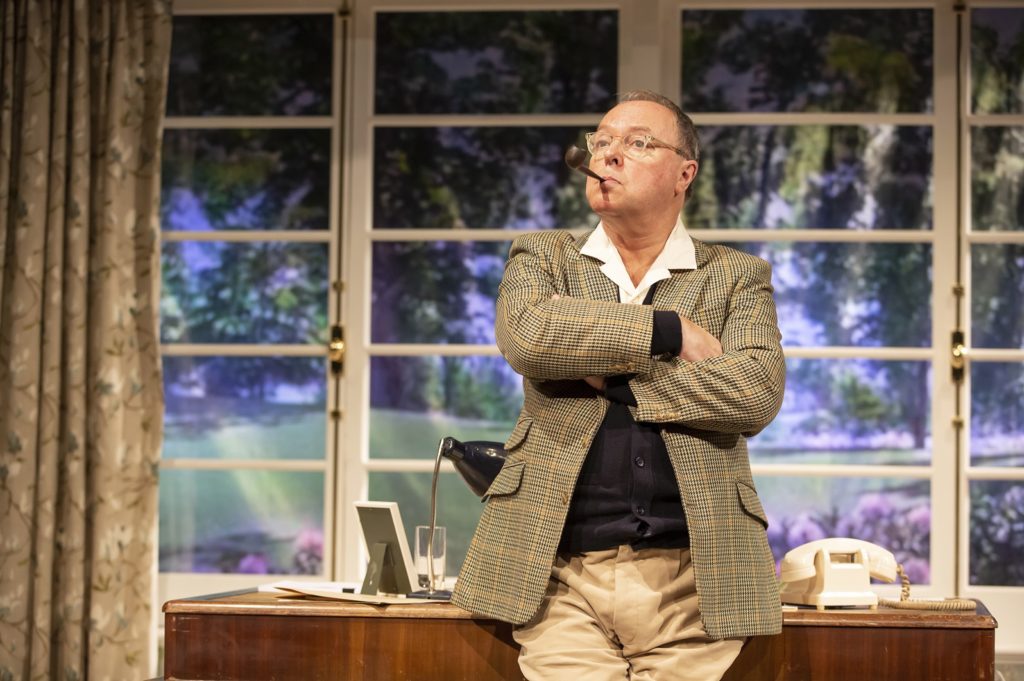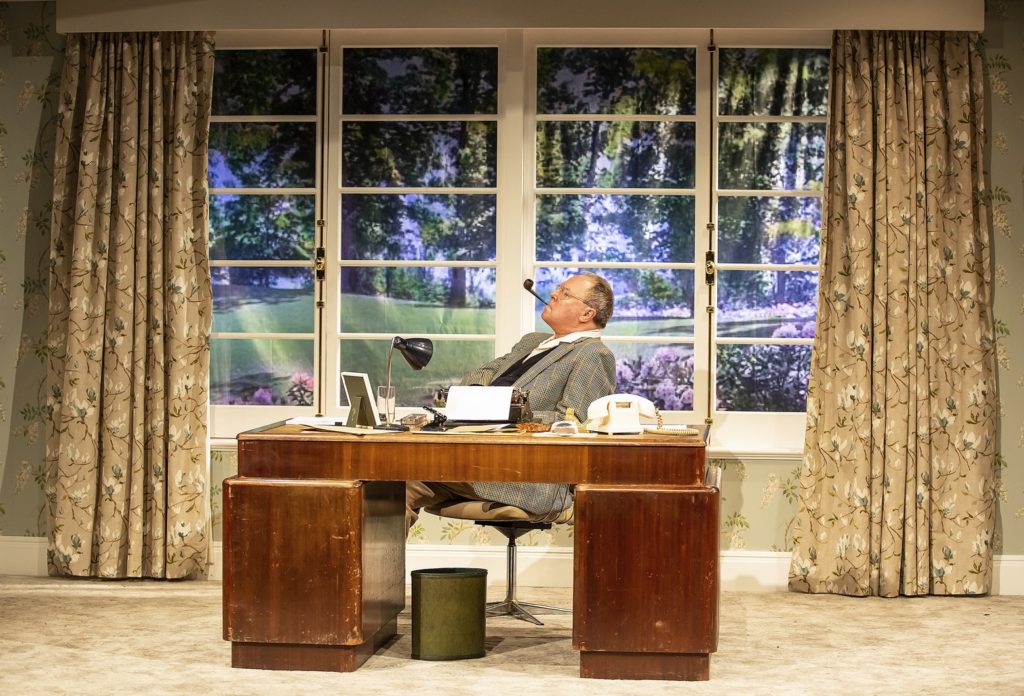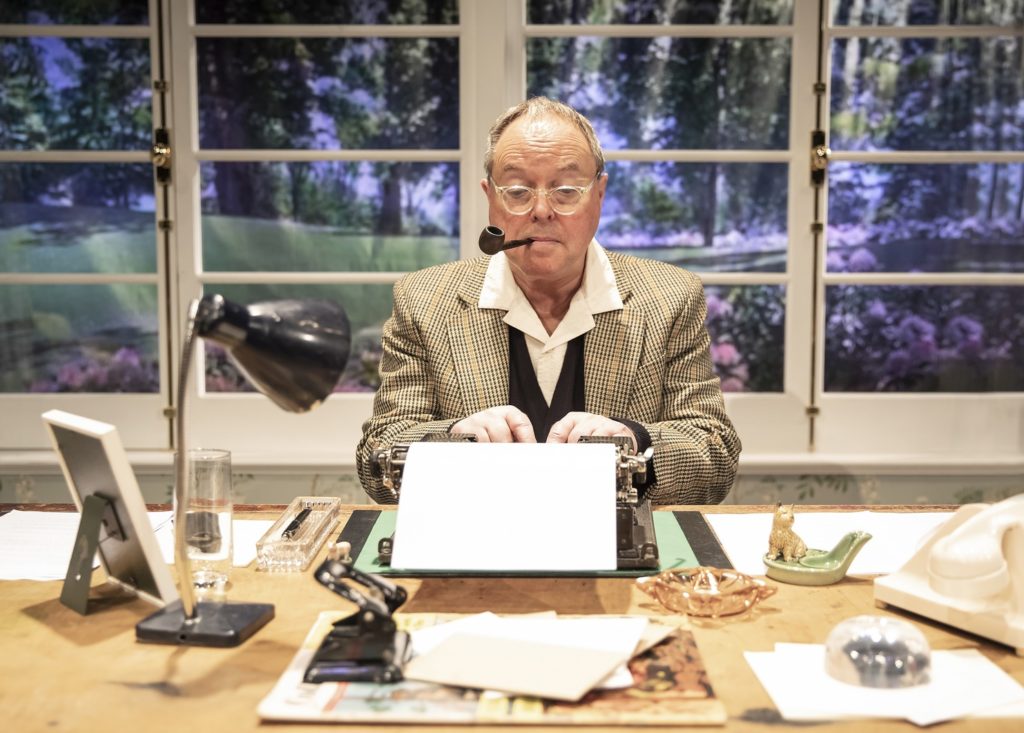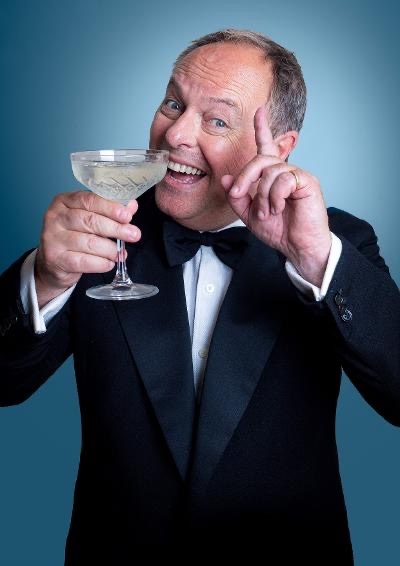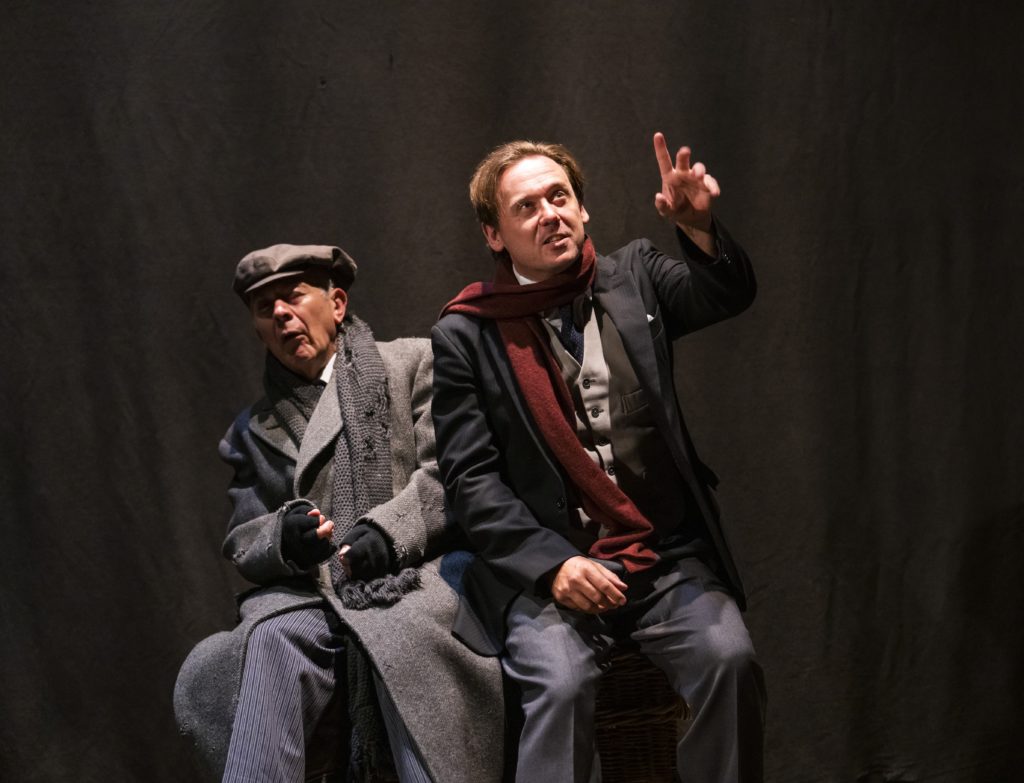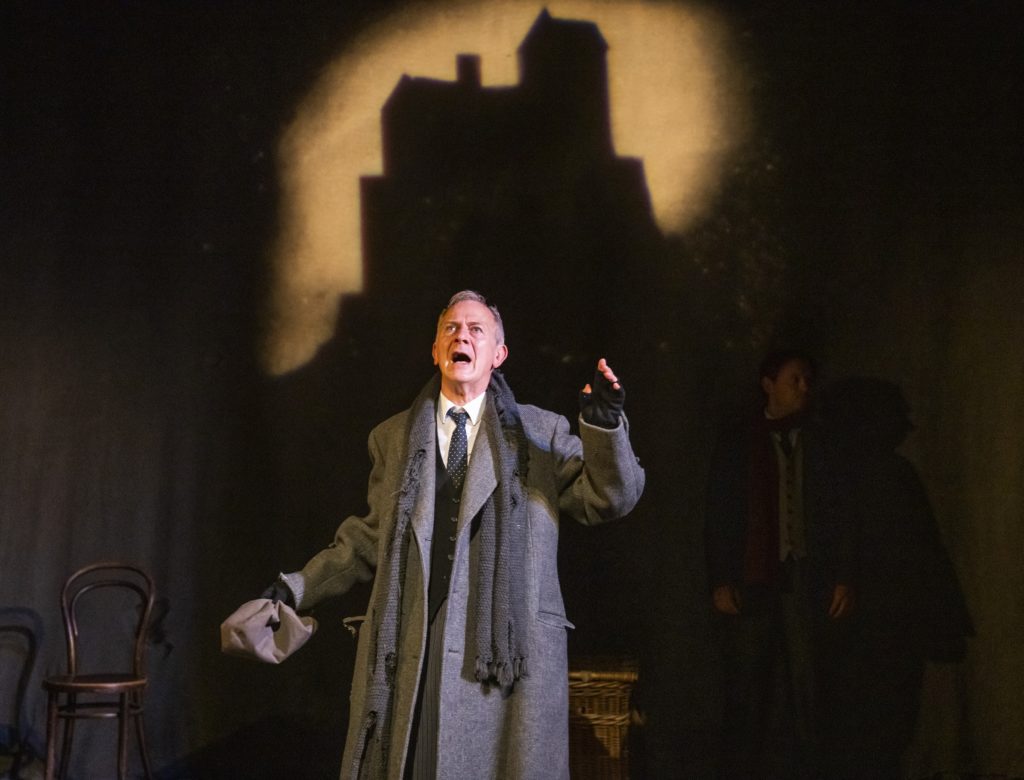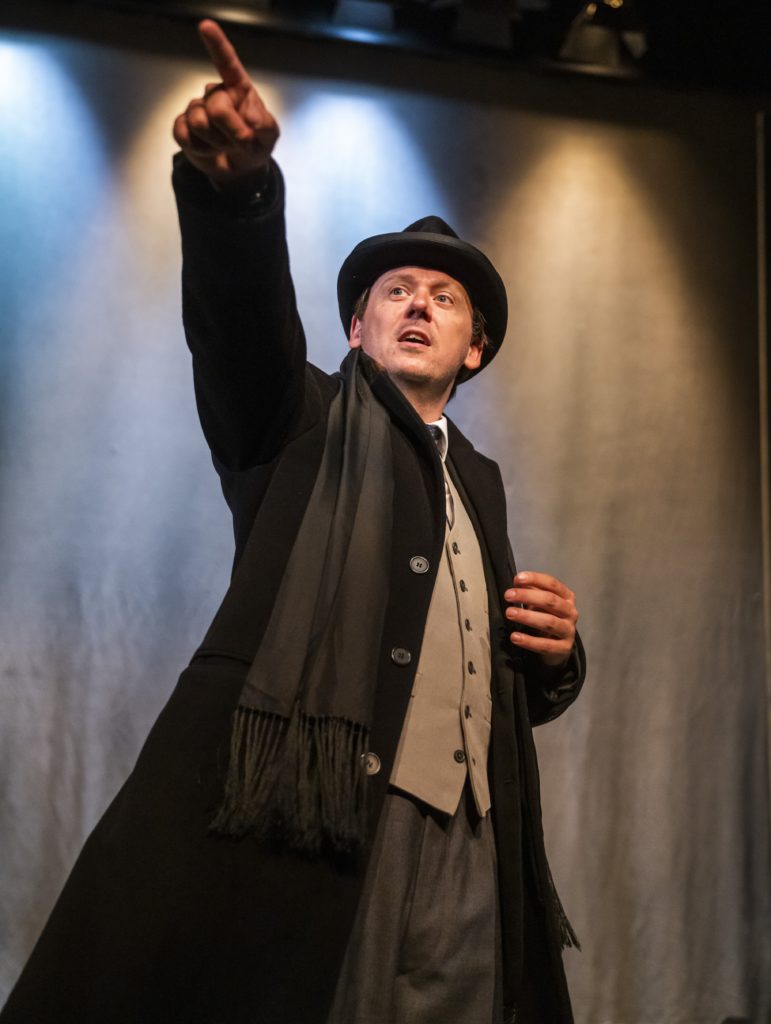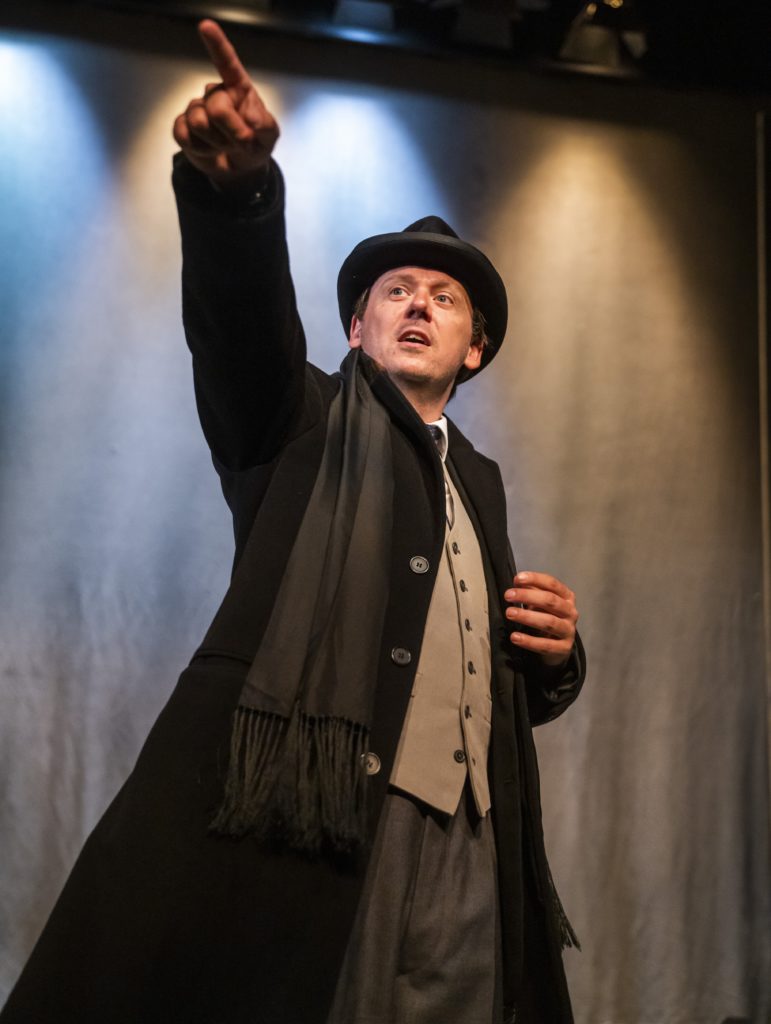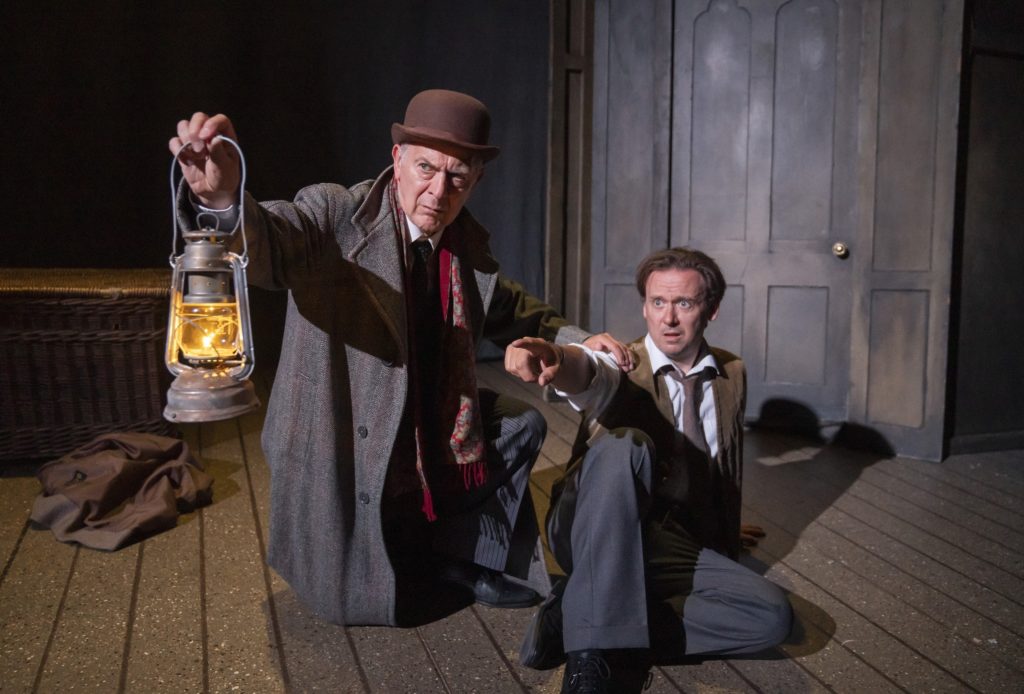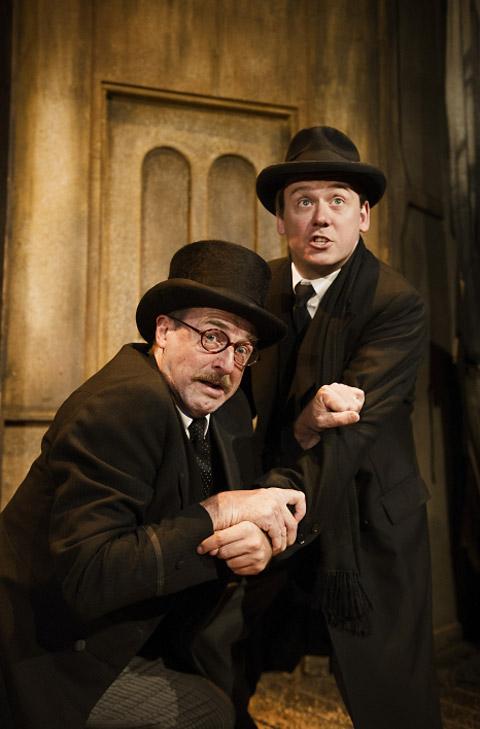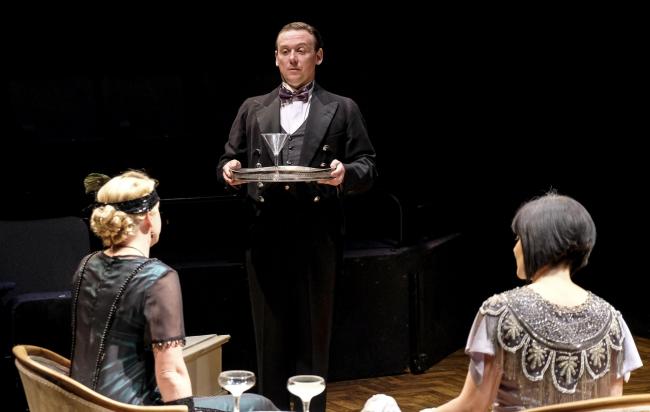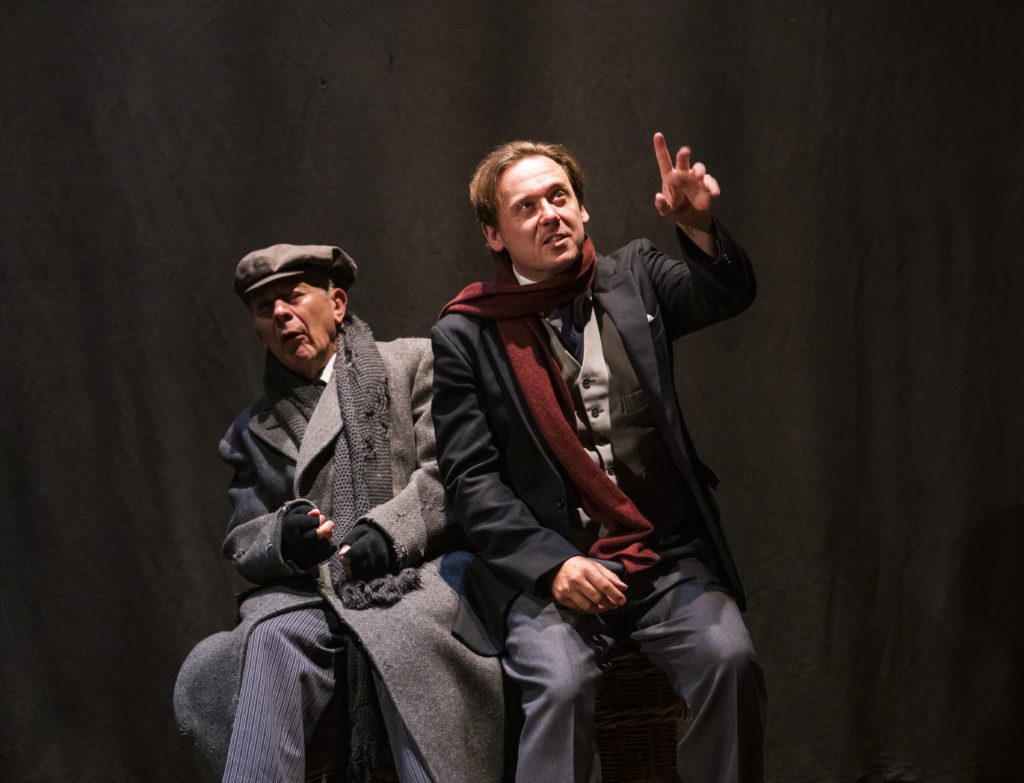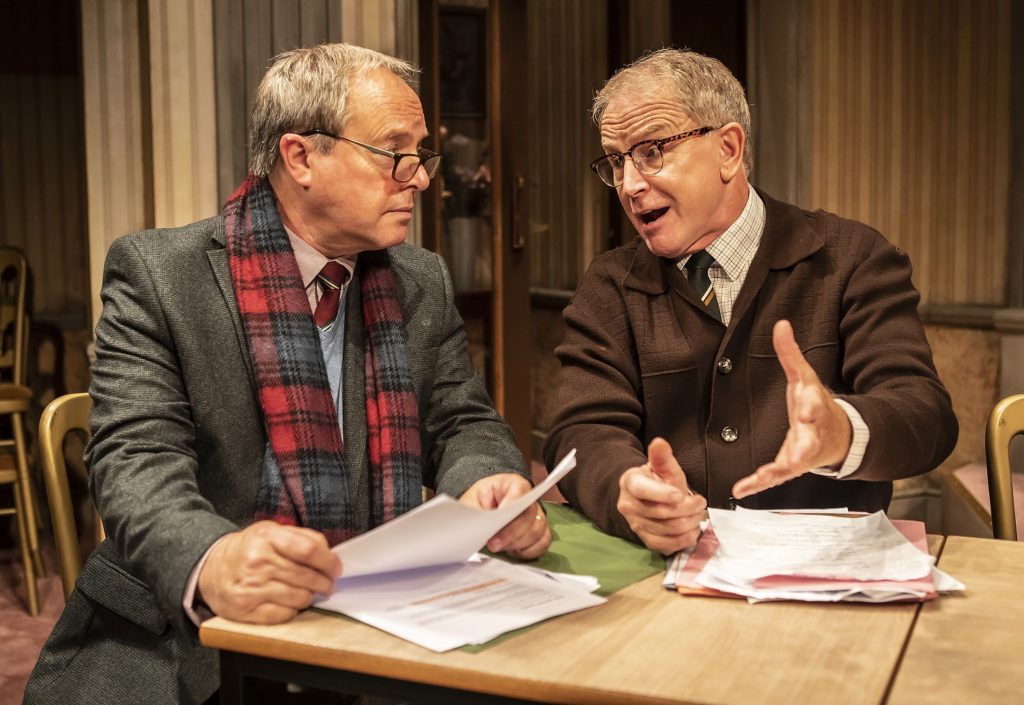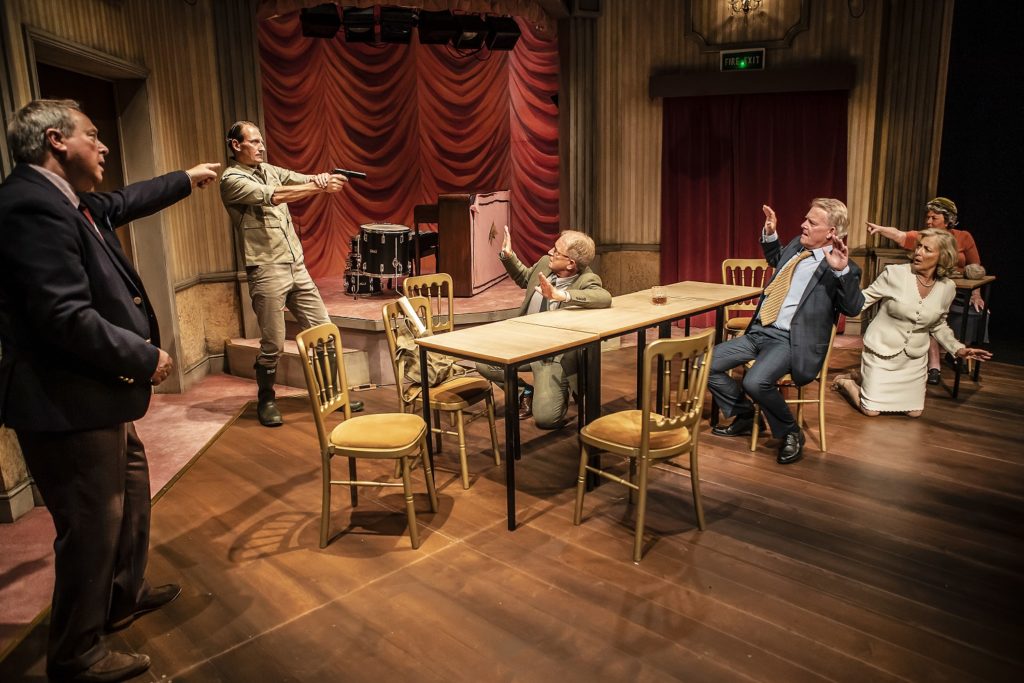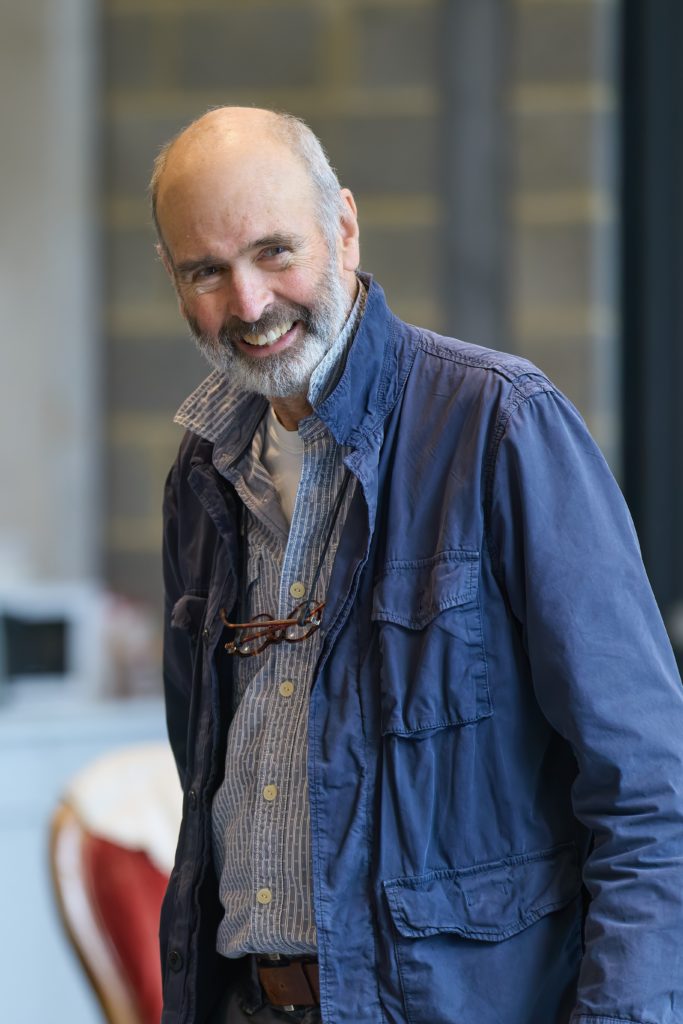
ROBIN Herford commissioned and directed Stephen Mallatratt’s adaptation of Susan Hill’s novel The Woman In Black at the Stephen Joseph Theatre, Scarborough in 1987.
First performed in the SJT bar over the Christmas season, it transferred to the London stage, where it ran for 33 years, including 13,000 performances at the Fortune Theatre, before closing in March 2023.
More than seven million people have seen Mallatratt’s play in the UK since the SJT premiere of its tale of elderly lawyer Arthur Kipps being convinced that a curse has been placed on his family by the spectre of the Woman in Black.
When Kipps hires an initially sceptical young actor to help him recount his story, as they delve into his past, the boundaries between fiction and reality begin to blur.
Now Herford is directing PW Productions’ 2025-2026 tour with a cast of John Mackay and Daniel Burke. Ahead of next week’s return to the Grand Opera House, York, he discusses The Woman In Black’s Scarborough premiere, longevity on the London stage, directorial challenges and ever-changing casts.
Did you anticipate The Woman In Black would have such a long life when it first opened at the SJT in 1987?
“No, absolutely not! When I commissioned my friend Stephen Mallatratt to adapt Susan Hill’s ghost story for the stage in the autumn of 1987, it was to run over Christmas for three and a half weeks in the bar of the Stephen Joseph Theatre, a space which doubled as an occasional studio theatre seating 70 people.
“We had a tiny budget, £1,000 for the set and costumes, enough money to pay for a maximum of four actors, and a very restricted acting area, so it had to be staged very ingeniously. Stephen’s brilliant solution – to turn it into a piece for only two speaking actors – actually meant we didn’t use up all of our allotted resources.
“By the end of the run, which went very well, we dared to wonder if it might warrant a London production.”
What happened next?
“We found a producer, Peter Wilson, who was willing to support us, and opened at the Lyric Theatre, Hammersmith in January 1989. Favourable reviews enabled us to move into the Strand, then the Playhouse, and finally the Fortune Theatre by June of that year, where we stayed for 33 years. Extraordinary.”
What changes, if any, have you made to the production over that time?
“In essence, the play has changed very little. Moving into larger theatres gave us greater scope for special effects, for example the addition of a hidden staircase at the back of the stage, but its basic simplicity has been preserved, because that is built into the concept of how the story is told.
“Two people alone in an empty theatre, and the whole auditorium is the set – not just what happens on the stage – a fact which really unsettles audiences, since it is no longer their ‘safe space’.
“I have tried to create a product which can expand or contract to fit whatever size of theatre we are playing. We use the magic of theatre, with such basic tools of light/darkness and sound/silence to build tension and atmosphere, and all the time, I have tried to ensure that the audience’s imagination continues to be the main driver to the action of the play. I show as little as possible and try to rely instead on the power of suggestion.”
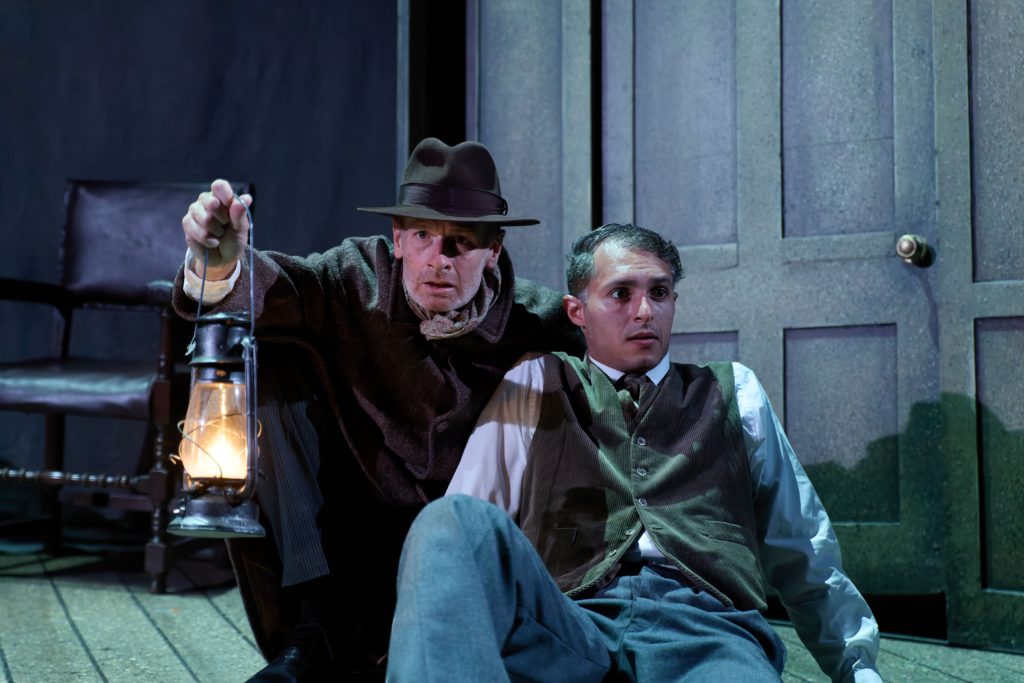
John Mackay as Arthur Kipps, left, and Daniel Burke as The Actor in The Woman In Black
How does returning to a project differ from working on something new?
“Returning to a project may seem for a director to be a safe option, engendering a feeling of confidence and security, but for the new cast of actors, it is absolutely a new experience as they bring their own imaginations, intelligence and emotional responses into contact with the script, and this means a renewed, fresh show.
“Though the way the production works might remain largely unchanged, the characters created by the actors will be enormously diverse.”
How have you kept the theatre magic alive after so many years?
“Again, it’s the transfusion of new blood that a new cast brings to the play which keeps the magic alive. But also, it’s the freshness of response from new audiences, who are such a vital component in the theatre experience.
“To perform a story to a group of people at the same moment, who have come together on that day with a common purpose to hear that story, is really powerful and carries its own magic.”
How do you feel when you hear audience reactions to The Woman In Black?
“Audiences react to this play in a surprising variety of ways. As a rule, people don’t expect to be frightened in a theatre, but this play seems to buck this trend. Quite often, they will come expecting to be scared and react accordingly.
“Sometimes, they are not quite sure how they will respond and are surprised to hear themselves yelp involuntarily, often leading to laughter immediately afterwards. Sometimes, the play is received in silence, the audience reserving their appreciation until the curtain call, when at other times, a lot of humour is discovered in the early exchanges. There is no ‘right’ way to respond.
“This play particularly appeals to young people, and I take huge pleasure in seeing our next generation of theatregoers finding a show they can relate to and appreciating it to the full. Teachers find it a very fruitful piece to teach from, celebrating, as it does, the art of acting, as well as the simple joys of live theatre.”
Why do you think we as audience members enjoy being scared?
“I find this hard to answer, since I don’t particularly enjoy being scared as a member of an audience! I tend to switch off when presented with too much blood and gore, or by the wildly improbable.
“With this play, the story it relates is tragic and horrible, but it is also a very believable, human story, and we really care about all the people affected by its outcome. It’s a play about courage in the face of really challenging circumstances, demonstrated in contrasting ways.
The Woman In Black has starred such actors as Frank Finlay, Edward Petherbridge, Joseph Fiennes and Martin Freeman. Does each cast bring something fresh to the production?
“We’ve already talked about the immense contribution made by actors to the show. Those four actors, two hugely established, and two right at the start of their careers (it was Joseph Fiennes’ first professional job, whom I cast while he was still at drama school!) demonstrates the huge variety of actors who have stepped up and brought their own particular brand of magic to this show. I have indeed been blessed.”
The Woman In Black haunts Grand Opera House, York, from January 13 to 17, 7.30pm plus 2.30pm Thursday and Saturday matinees. Box office: atgtickets.com/york.

